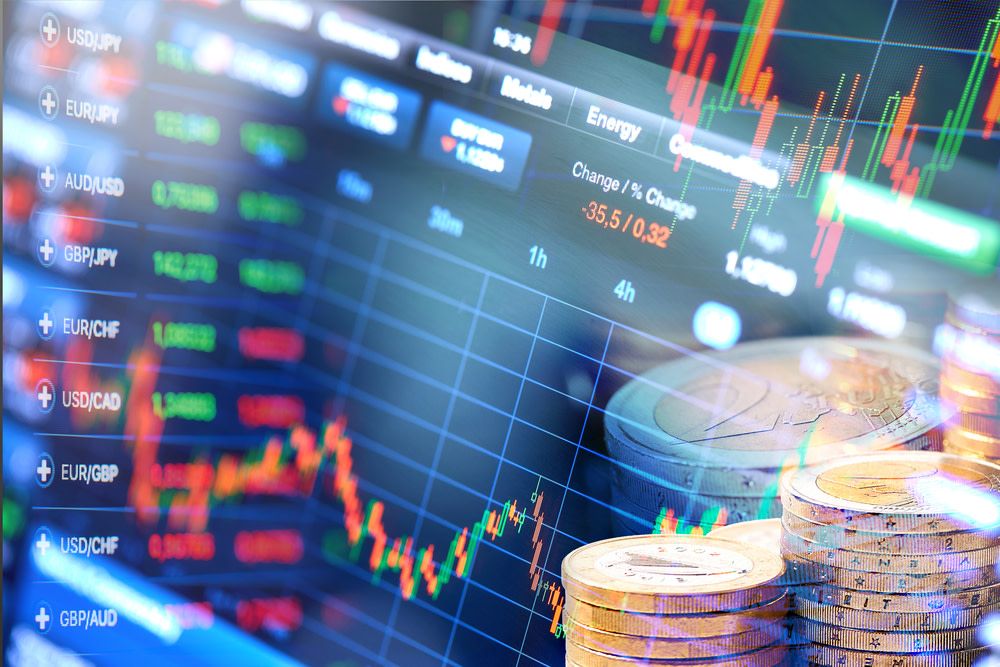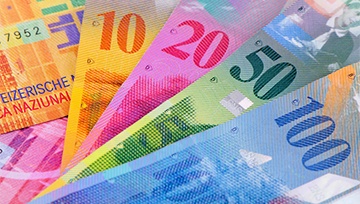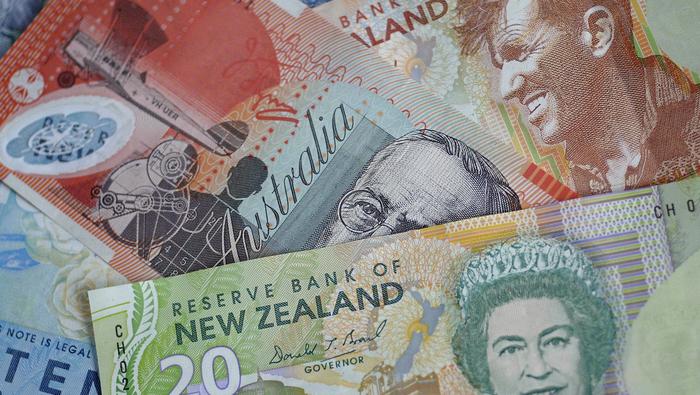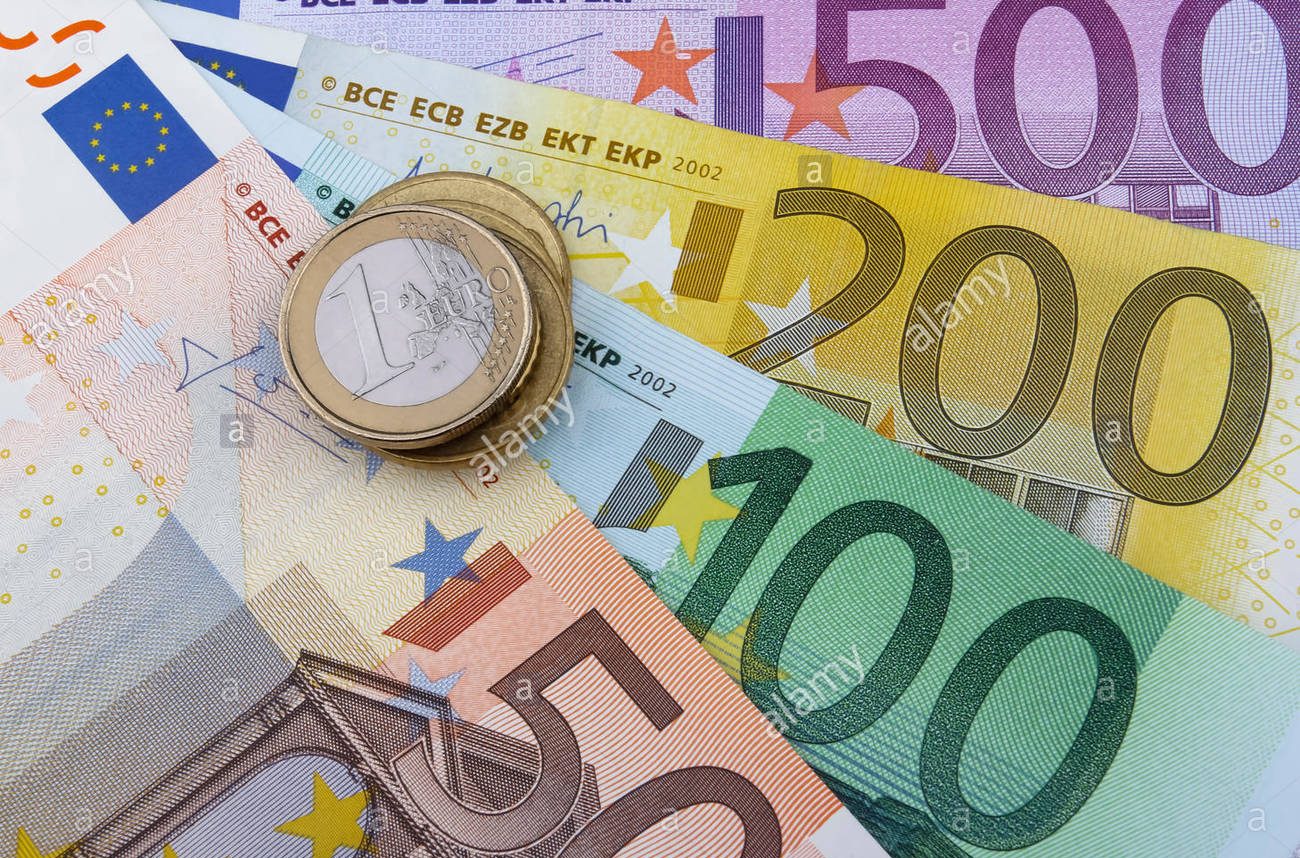A central bank policy panacea boosts risk sentiment
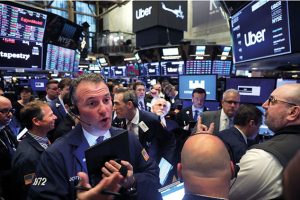
The significant action overnight was in the US stock markets, which retraced all of yesterday’s losses, and then some. The S&P 500 ended up more than 4% for the session after the house swiftly agreed on a bipartisan spending package that should encourage other G-7 policymakers to follow suit as a sense of urgency grips Capitol Hill.
But the big kahuna comes from the IMF after they unveiled a $50bn package of emergency financing for countries harmed by the coronavirus. While the IMF is usually viewed as a lender of last resort, being one of the first out of the gate with policy action will go a long way to set a precedent, and we should expect more G-7 policymakers to follow in lockstep.
Indeed, investors are bullishly anticipating additional coordinated policy action from central banks and more significant budget spending from G-7 governments to support the global economy.
Source: AxiTrader
Joining the chorus of Central Banks in the race to the LZB, the Bank of Canada surpassed market expectations by dropping the key overnight lending rate by 50 basis points and hinted that more cuts could be on the way.
Investors’ working framework remains consistent, suggesting that a shift to easy money policies will counteract market drawdowns by tempering spikes in the volatility index.
The Fed’s Beige Book report emphasized the widespread virus concerns; still, economic data again showed the US economy was healthy after the February ISM non-manufacturing gauge jumped to a one-year high, coming in well above market expectations.
For the moment, coronavirus concerns appear to have been supplanted at the top of newsreel by a refreshingly strong showing by the centrist democratic candidate and Former Vice President Joe Biden. His victory could buoy risk markets as he’s a candidate that markets find palatable, especially when compared with Sanders and his revolutionary rhetoric.
In case there was any doubt about global coordination after Fed Chair Powell said on Tuesday that every central bank would make decisions in their context, the Bank of Canada on Wednesday said, “The Bank continues to closely monitor economic and financial conditions, in coordination with other G7 central banks and fiscal authorities.” This suggests the central bank policy deluge is much more coordinated than Chair Powell has led on initially
Oil prices
Crude prices continued to vacillate on OPEC concerns while the market was seemingly unsure what to make of the deluge of central bank easing but quickly gave back those gains as the market pondered what the implications and severity of COVID-19’s impact on the economy would be.
The economic impact of the coronavirus has always been about fear of the virus; fear is an economic problem, Twitter is a super-spreader, and we know central banks cannot directly reverse consumer anxiety.
Source: AxiTrader
Prices could find some support from better risk sentiment and the ongoing hope from the OPEC+ meeting taking place today and Friday. But the market was disappointed by the apparent lack of urgency after Wednesday’s meeting ended without an agreement on a production compliance compromise. The clock is ticking, and time is of the essence, so as far as the market is concerned, what’s essential is that OPEC+ presents a unified front and shows the group is capable of action.
Unless OPEC over-delivers, the market is bound to be disappointed given the prevailing view that anything short of 1mb/d cut, oil is going to resume its downtrend amid demand concerns as a result of the coronavirus. Hence the reason Saudi Arabia is pushing for 1.5mb/d compliance commitment.
Behind the scenes, there seems to be a building consensus that the OPEC+ -inspired dead-cat bounce is getting close to being perfectly priced, and oil prices will fall unless OPEC + agrees to 1.5 mb/d.
Gold markets
Over the past 48 hours, gold has received support in line with the decline in long-term bond yields, which has contributed to a surge in ‘fear-driven’ investment demand for gold.
The economic impact of the virus has always been about fear. Fear changes consumer behavior, but to what extent we don’t know. What made gold a lot cheaper to own is that fear reaching the Federal Reserve Board room and forcing a rate cut.
Source: AxiTrader
And while it’s encouraging that the XAU and JPY correlation are getting re-established this week, which could signal healthier gold prices going forward – especially if risk sentiment continues to wobble – with US election risk receding in a Biden bounce, the S&P 500 recovering above 3100 and the USD dollar not capitulating as fast as expected, demand has petered out as both the US election risk and weaker US stock market were providing robust support channels for gold.
However, the market is starving for the information again. Still, the lack thereof, investors are easily influenced by the dominant narrative in the popular media fear frenzy cycle, which is suitable for gold prices as fear is the equity markets’ unwinder of risk.
Gold is an excellent hedge against stock market risk and the inflationary aspect of war (recall the recent Iran escalation which saw gold moonshot). The yellow metal, however, doesn’t hedge deflationary wallops from epidemics, hence the short-term price cap at $1650/oz despite the glaringly bullish correlations (risk-free bond yields and USDJPY).
But, ultimately, all the reasons you want to have gold in your portfolio from an insurance perspective remain abundantly clear, despite the constant market tango between fiscal and monetary stimulus. Gold remains the ultimate market “beast of burden “during uncertain times.
Currency markets
With every central bank cutting interest rates, it’s effectively sapped the volatility juice from the currency market. But this might only be a short-term condition given the Fed has much more room to cut that other G-7 central banks.
Australian Dollar
The Asian currencies that were pounded mercilessly in February are rebounding after a coordinated series of central bank interest rate cuts and the story in China improving relative to the rest of the world. Improving economic conditions in Asia is great for the Australian dollar, which should continue to hitch a ride on the Asian basket coat tails.
With China’s industrial engines starting to rev up, it should stoke demand for iron ore. Nothing comes close to iron ore, which is Australia’s biggest export easily, accounting for 4% of GDP and 80% of it going to China.
Source: AxiTrader
The Malaysian Ringgit
The risk smile is improving in the region thanks to G-7 leaders around the world who have committed to supplying markets with the mother of all stimulus packages.
But it looks like Malaysia will remain in a bit of a political vacuum as the new Prime Minister Muhyiddin Yassin has postponed the start of the parliamentary session initially scheduled for March 9 by two months in an attempt to ward off a vote of no confidence. The rise in political noise tends to overshadow more near-term positive factors like Asia’s key bellwether currency barometer, the USDCNH. The Yuan is trading stably stronger (the key is stable) after the Fed rate cut and as the market positions for a China industrial reboot.
With the regional data still dreary, it’s still far too early to green light risk, but it’s hard to argue that we’re not in a much better spot than expected after the markets quickly sidestepped the dreary China PMI deluge thanks to the central bank’s policy pump.
The Euro
The Euro is struggling for direction at the moment in the face of an imminent ECB rate cut and more robust than expected US economic data. But fiscal will be the big kahuna for the long EURUSD trade, and with the Fed more likely to cut again and the ECB limited in scope, USD should weaken on relative terms.
While there are a few ways to slice and dice the rate differential story on the EUR vs. USD, with EURUSD vols looking to move higher, the Euro loses its funder appeal. The one-year forward to vol carry ratio is working against the short Euro now, and that critical ratio was the prime reason for The Big Euro Short (EUR)
Source: AxiTrader
With the ECB about to cut rates, possibly creating a better buying opportunity, rather than chasing it higher real money is probably waiting to buy the Euro on an ECB inspired dip.
I would expect to see a similar game plan play out across the board as other central banks join the rate cut peloton, but the play here is ultimately for a weaker USD to carry the day since the Fed has further to fall in the race to zero.
Who’s next on the game plan
- RBNZ and Bank of England both look like decent candidates, though 50 from the RBNZ looks more achievable than 50 from the Bank of England given the higher starting rate (1% vs. 0.75%). The consensus view is a call of 50.
- ECB, SNB, and BOJ need to get creative if they want to join the party; if USDJPY is 105.50 next week, the BOJ might find creative inspiration from that!
- The RBA will be doing QE this year if this continues – get your AGBs before they sell out.
The information is not to be construed as a recommendation; or an offer to buy or sell; or the solicitation of an offer to buy or sell any security, financial product, or instrument; or to participate in any trading strategy. Readers should seek their own advice. Reproduction or redistribution of this information is not permitted.

